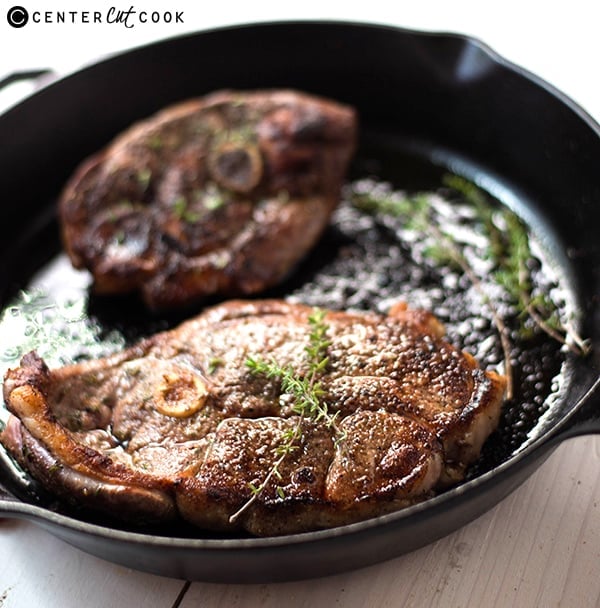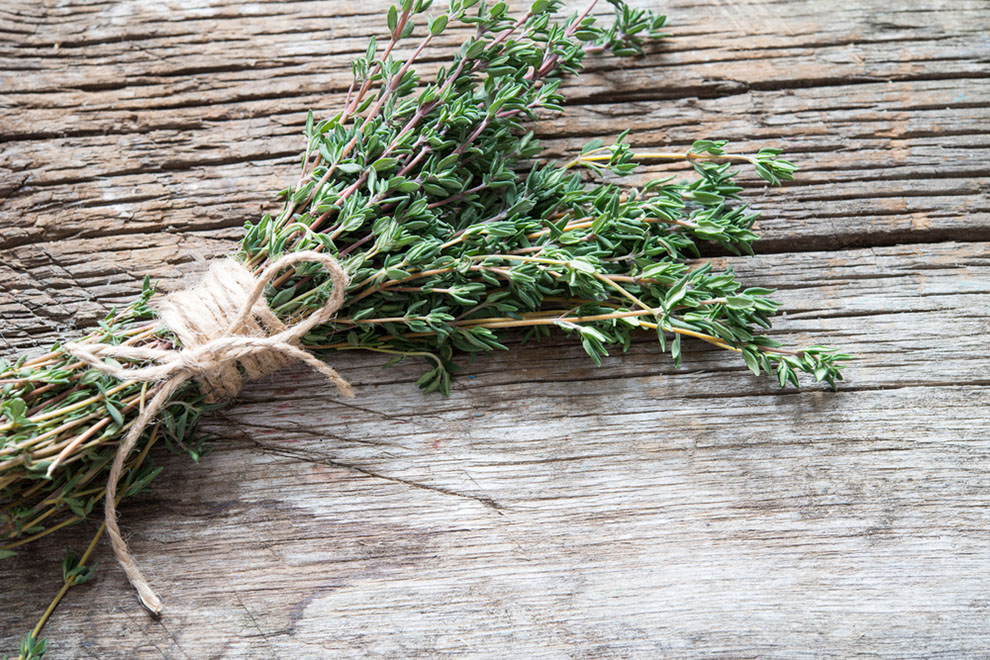
It is often associated with pizza and also combines well with southern Italian spicy dishes.ĭried and ground, the herb is often used with lemon olive oil over Greek salad and grilled fish. Since oregano and thyme are both from the mint family, this is probably one of the best single herb substitutes you can use to achieve similar earthy, savory, and slightly minty notes. One tablespoon of fresh herbs is equal to one teaspoon of the same herbs in their dried form. Remember that dried herbs, in general, are more concentrated than their fresh counterparts, meaning you will use less of the dried product in your recipe. To use fresh thyme in your cooking, run your thumb and forefinger down the stem to gently push the leaves off and chop them if desired before adding to your dish. Is it the woody notes of lemon and mint accents that you want to accentuate, or purely the herbaceous complexity and aromas? Identifying this will help you choose the best thyme substitute for your specific application. When choosing a replacement for thyme, it may be beneficial for you to determine exactly which quality of the herb is important to you in your dish. It pairs well with garlic and lemon, which are an ideal combination with seafood. It is popularly used in Italian salad dressing, roast potatoes, roast chicken, turkey, stuffing and adds a great depth of flavor to meat dishes and stews. There are however many varieties of thyme including lemon thyme and caraway thyme.Īlthough mostly used in savory dishes, there are a few nuanced sweet applications that can incorporate it too.

Its small leaves grow in clusters on thin woody stalks.Ĭommon thyme, which is often purchased fresh or dried in grocery stores, has a slightly woody, earthy flavor with mint and lemon undertones. Thyme, oregano, basil, mint, and shiso all belong to the same Mediterranean herb family. In this cooking guide, we’ll help you choose the best substitute for thyme according to the type of dish you are cooking. If you’re making a hearty meal and your recipe calls for thyme, but there’s none in the pantry, there are some alternatives that can bring just as much Mediterranean flair to your dish. When it comes to cooking, thyme is popular in Italian cuisine and is incredibly versatile pairing well with meat, chicken, pork, vegetables, and salads. You may see thyme or thyme oil in the ingredients list of some modern cosmetic products for its antimicrobial and antifungal properties.


Thyme is a Mediterranean herb that has been popularly used for medicinal, ornamental, and culinary purposes for centuries by the ancient Egyptians and Greeks.


 0 kommentar(er)
0 kommentar(er)
